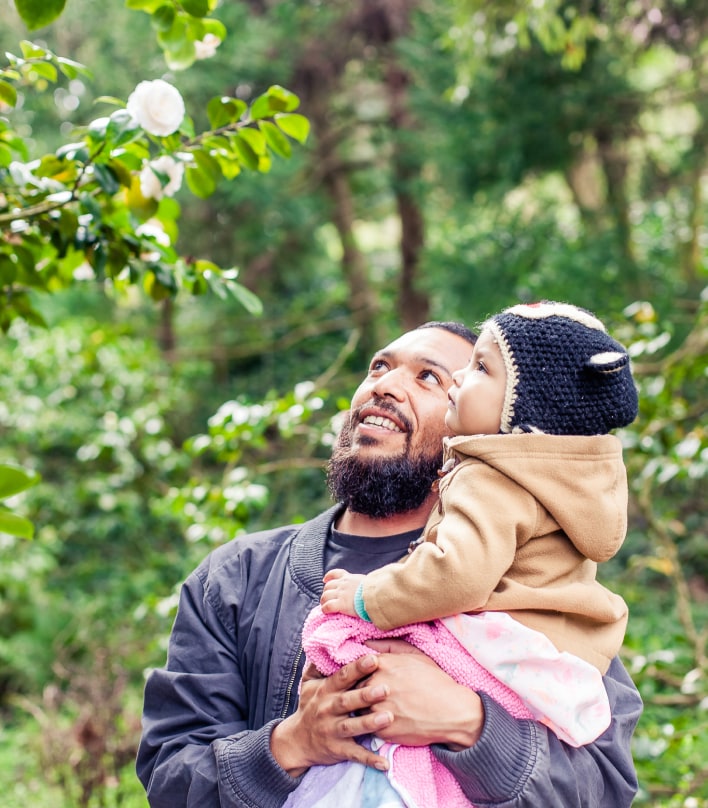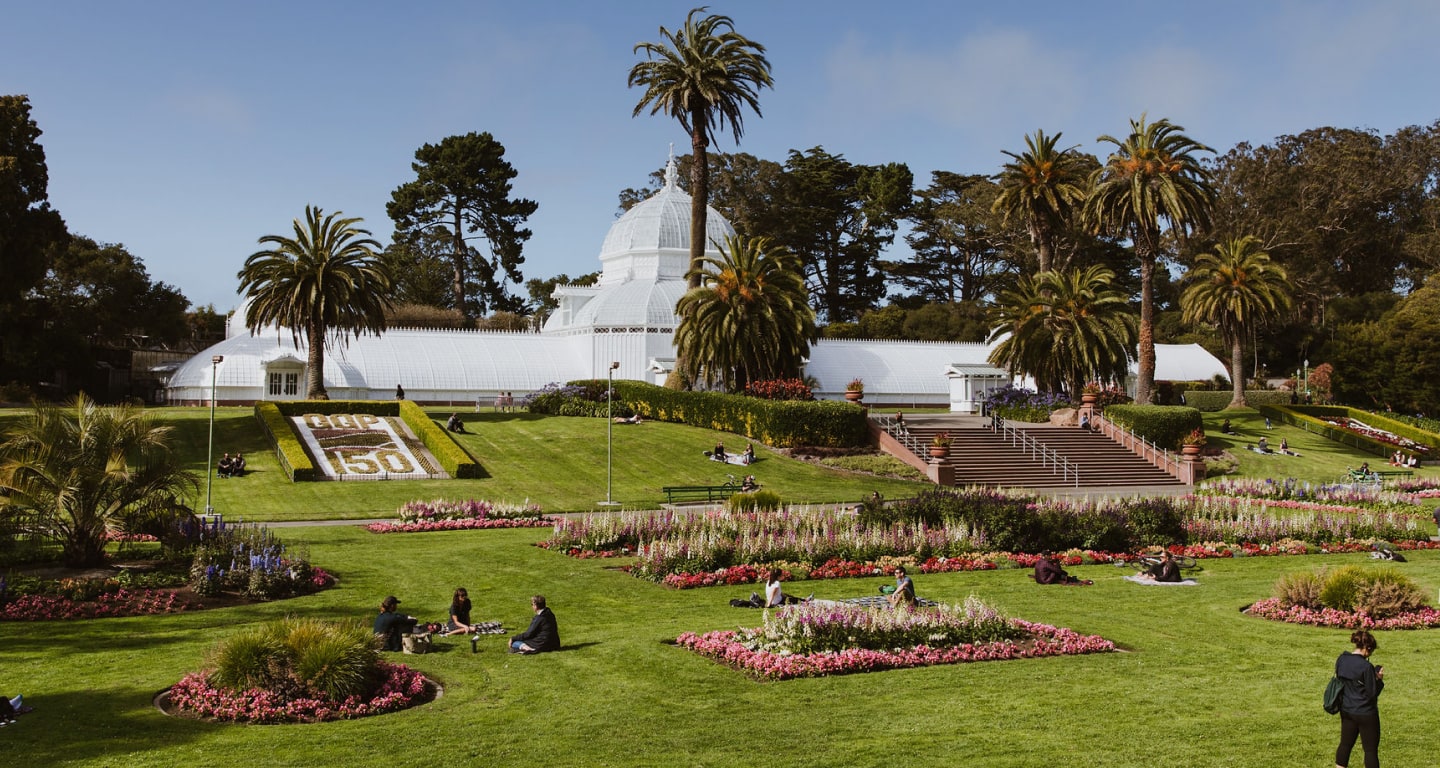Our Mission
The Gardens of Golden Gate Park connect people to plants, the planet, and each other.
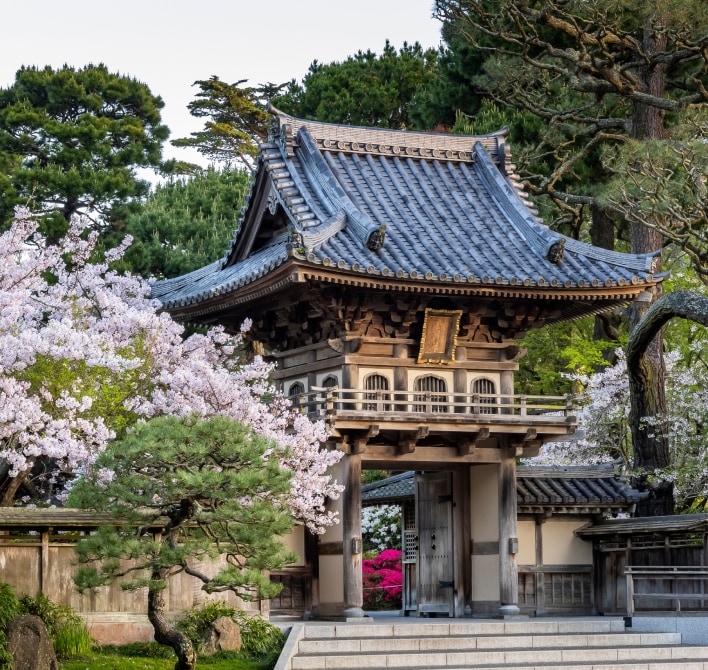

Our Vision
All people have access to beautiful public gardens and experience the intrinsic value of plants to life and culture for a healthy community and planet.

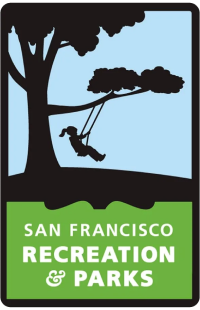
Gardens of Golden Gate Park is a public/private partnership between the San Francisco Recreation & Park Department and the San Francisco Botanical Garden Society (a nonprofit 501c3 organization doing business as the “Gardens of Golden Gate Park”) to jointly operate the Conservatory of Flowers, Japanese Tea Garden, and San Francisco Botanical Garden.
Land acknowledgement
We acknowledge that the Gardens of Golden Gate Park sit on the unceded ancestral homeland of the Ramaytush Ohlone who are the original peoples of the San Francisco Peninsula. We recognize that we benefit from living and working on their traditional homeland, and we affirm their sovereign rights as first peoples. Dedicated to connecting people to plants, the planet, and each other, the Gardens uphold the significance of this cherished and revered place that celebrates Earth’s biological diversity in supporting the health and wellbeing of all people and the planet.
Historical milestones
Prior to the arrival of the Spanish in 1769, the Ramaytush Ohlone, a part of a larger group of the Ohlone/Costanoan peoples, lived in the area of the San Francisco Bay south to Monterey.
Golden Gate Park is created on 1,013 acres of windswept sand dunes and a site is included for a conservatory by surveyor, designer, and first Superintendent William Hammond Hall.
The Park Commission formally accepts the donation of the James Lick conservatories and hires Lord and Burnham to build the Conservatory.
The Conservatory opens as Golden Gate Park’s first formal structure.
A fire destroys the Conservatory’s central dome and many exotic plants. Charles Crocker comes to the rescue with a $10,000 donation since no public funds are available. During this restoration, the dome is raised by six feet and the eagle finial on top of the dome is replaced with the planet Saturn.
John McLaren is hired as head gardener — and later superintendent — of Golden Gate Park which becomes his lifelong work and legacy.
The Japanese Tea Garden, formerly known as “The Japanese Village and Tea Garden” is created as a feature of the California Midwinter International Exposition by George Turner Marsh. The Midwinter Fair holds its grand opening on January 27.
In the aftermath of the San Francisco earthquake, the Conservatory grounds become Refugee Camp No. 7, housing homeless with more than one thousand temporary tents.
Shinto Shrine and Torii Gate are added to the top of the hill at the Japanese Tea Garden.
A second fire damages the Conservatory, resulting in the partial collapse of the glass roof and damage to the Potting Room.
San Francisco Botanical Garden at Strybing Arboretum breaks ground thanks to a bequest from Helene Strybing, to establish an arboretum and botanical garden in Golden Gate Park.
The Botanical Garden officially opens to the public and features the first cup and saucer magnolia tree (Magnolia campbellii) of its kind in the U.S.
The Board of Park Commissioners take over management of the Japanese Tea Garden as the Hagiwara family is forced, along with approximately 120,000 Japanese Americans, into incarceration camps.
Wind gusts of over 100 miles per hour shatter 40 percent of the Conservatory’s glass and destroy a portion of rare plants on December 12. With millions needed for repairs, the building is closed, with many fearing it would never open again.
New waterfall hill installation is dedicated with a Shinto ceremony.
The Helen Crocker Russell Library opens, becoming Northern California’s largest horticultural library.
The Conservatory of Flowers listed on the National Register of Historic Places.
After suffering major damage from the storms of 1955, the Conservatory is placed on the World Monuments Fund’s list of 100 Most Endangered Sites. Local fundraising efforts are underway.
First Lady Hillary Clinton visits the Conservatory to induct it into the Save America’s Treasures program. Publicity from these efforts eventually leads to raising the $25 million dollars needed for rehabilitation.
New renovations of seven gardens includes species from the Southeast Asian cloud forest, the first of its kind.
Restoration of the Conservatory begins and exhibits are refreshed.
After withstanding significant damage during storms in the winter of 1995-1996, a major multi-year fundraising effort, and construction from 1999-2003, on September 20, 2003 the restored Conservatory was once again opened to the public.
San Francisco becomes the first city in the nation where all residents have access to a park within a 10-minute walk.
Restoration of the 107-year-old pagoda is completed.
Gardens of Golden Gate Park is established.
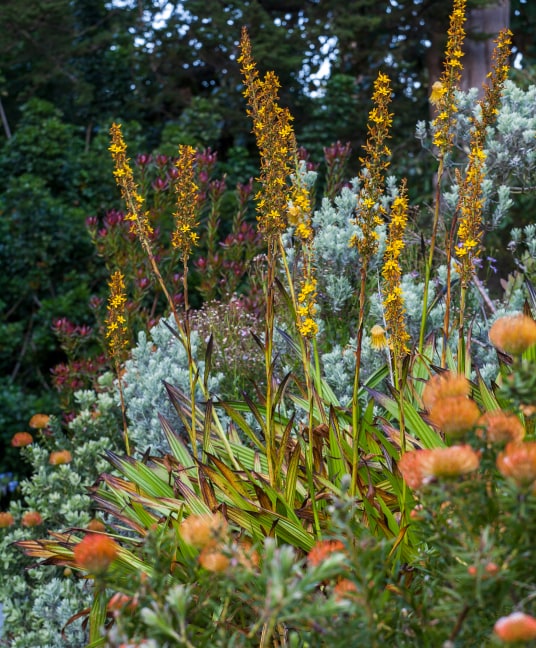
Conservation
Our ability to grow some of the most biodiverse botanical collections in the world is helping us advance global plant conservation efforts. Through our own efforts and in partnership with leading conservation and research organizations, we are committed to addressing and educating people about climate change and environmental sustainability.
Justice, Equality, Diversity & Inclusion
The Gardens of Golden Gate Park is committed to transparency, cultural diversity, inclusion, and environmentally responsible practices. We are proud to be a public public garden, accessible and welcoming to all and focused on the shared experiences of gathering, learning, celebrating and stewarding these treasured spaces.
